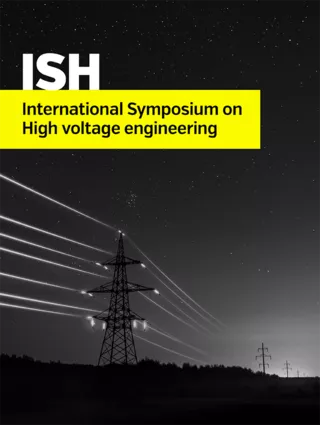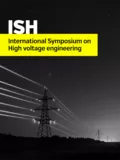Summary
Partial arcing on insulator surfaces under pollution conditions is significantly reduced for composite structures with polymeric housings compared with ceramic insulators and bushings. However, the vulnerability of polymeric materials to tracking and erosion by surface arcing can affect surface hydrophobicity and reduce the life span of the insulators. Leakage current measurement, visual high definition camera and infra-red recordings have been used to characterize and localize partial arcing activities on the conventional and textured insulator surfaces under the ramp voltage test in a clean fog chamber. The results showed better control of the dry-band formation, lower leakage current magnitude and reduced frequency of partial arc occurrence on textured insulators than on conventional insulators; consequently, this outcome suggests a better retention of the hydrophobicity on textured surfaces and a longer life span in service.
Additional informations
| Publication type | ISH Collection |
|---|---|
| Reference | ISH2017_531 |
| Publication year | |
| Publisher | ISH |
| File size | 1 MB |
| Pages number | 6 |
| Price for non member | Free |
| Price for member | Free |
Authors
R.T. WATERS, M. HADDAD
Keywords
Dry-band, silicone-rubber insulator, partial arc, pollution, textured surface


